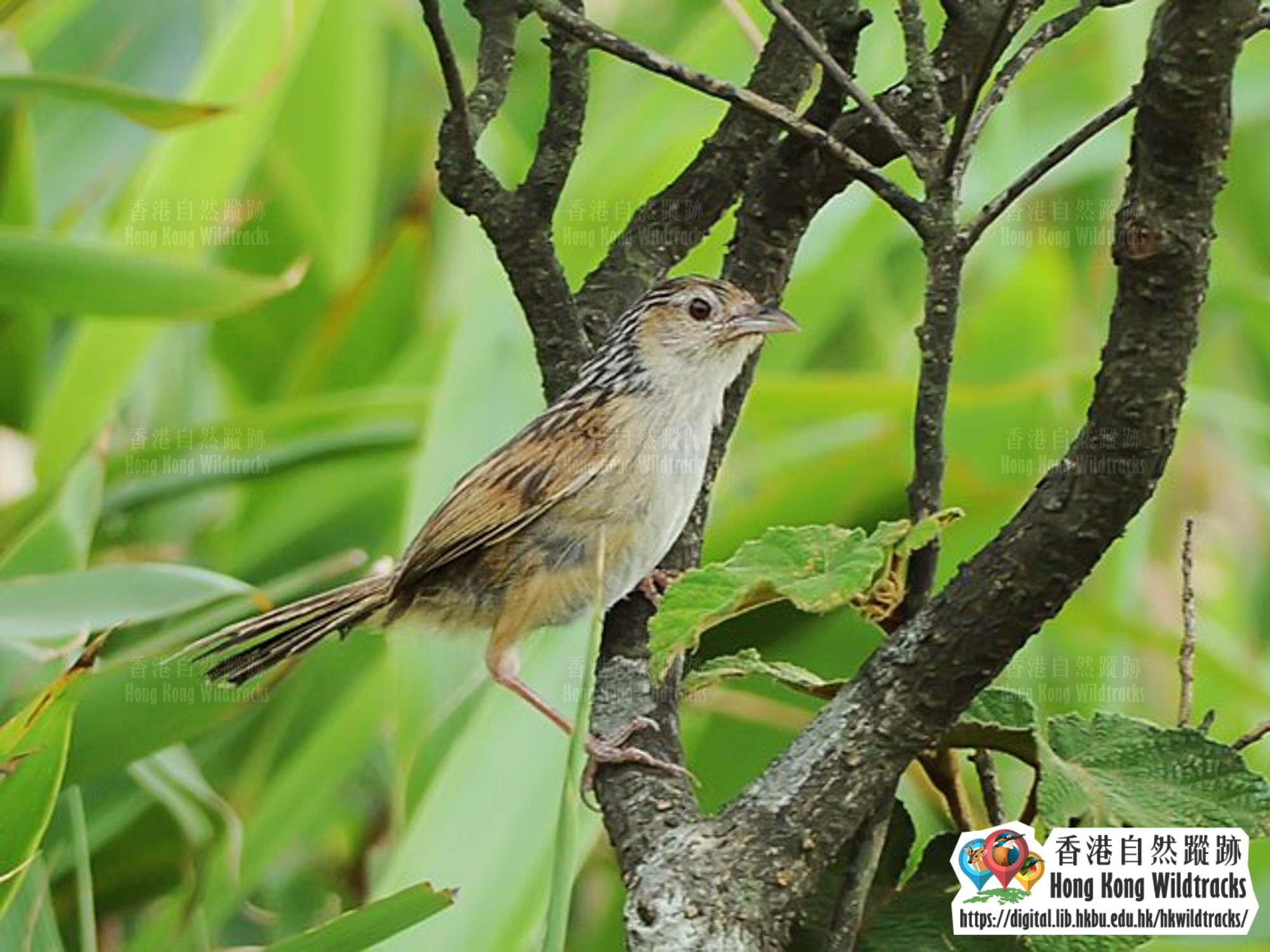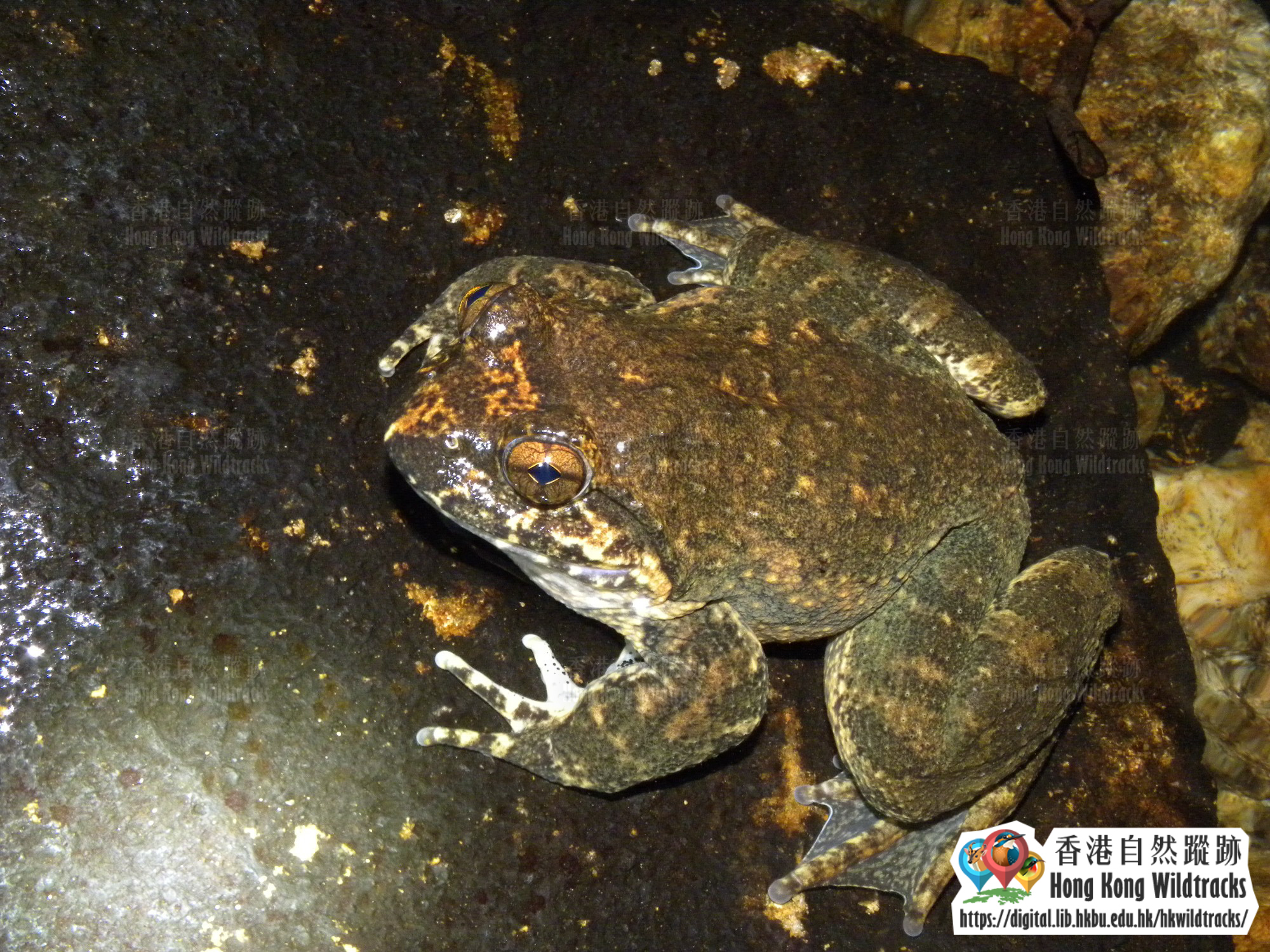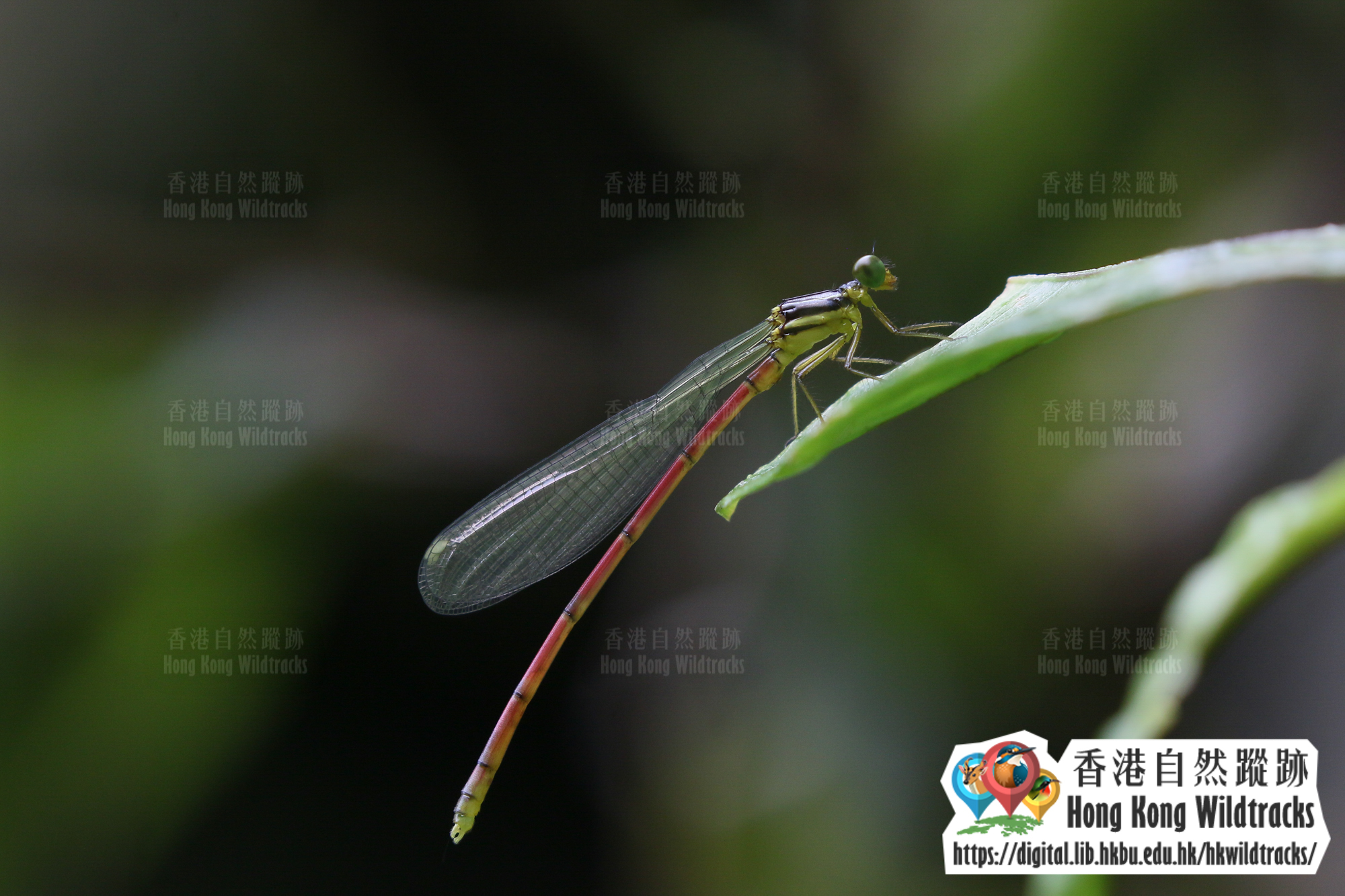

Locating at the south-eastern coast of China, Hong Kong covers a total land area of around 1,100 km2. With a hilly topography, a geographical location that sits at the Pearl River estuary, and a humid subtropical climate, Hong Kong endows a wide variety of natural habitats regardless of its relatively small territory. Habitats found in Hong Kong generally include:
Urban development is mostly concentrated in lowland areas. Despite the area is heavily built-up, it often provides wildlife protection from natural threats like thunderstorm, strong wind and predators that are less adapted to manmade environment. Greenery along roadsides and inside housing estates act as sites for roosting, feeding and even breeding. Wildlife may even adapt to make use of artificial structures as shelters for building nests. Swallows and swifts can be found under overhanging features of buildings. Others, such as ants and spiders, may even stay in households with close proximity to men.
Example animals:Crested Myna, Eurasian Magpie, Eurasian Tree Sparrow, Black-collared Starling, Alexandrine Parakeet, Yellow-crested Cockatoo, Spotted Dove, Red-base Jezebel
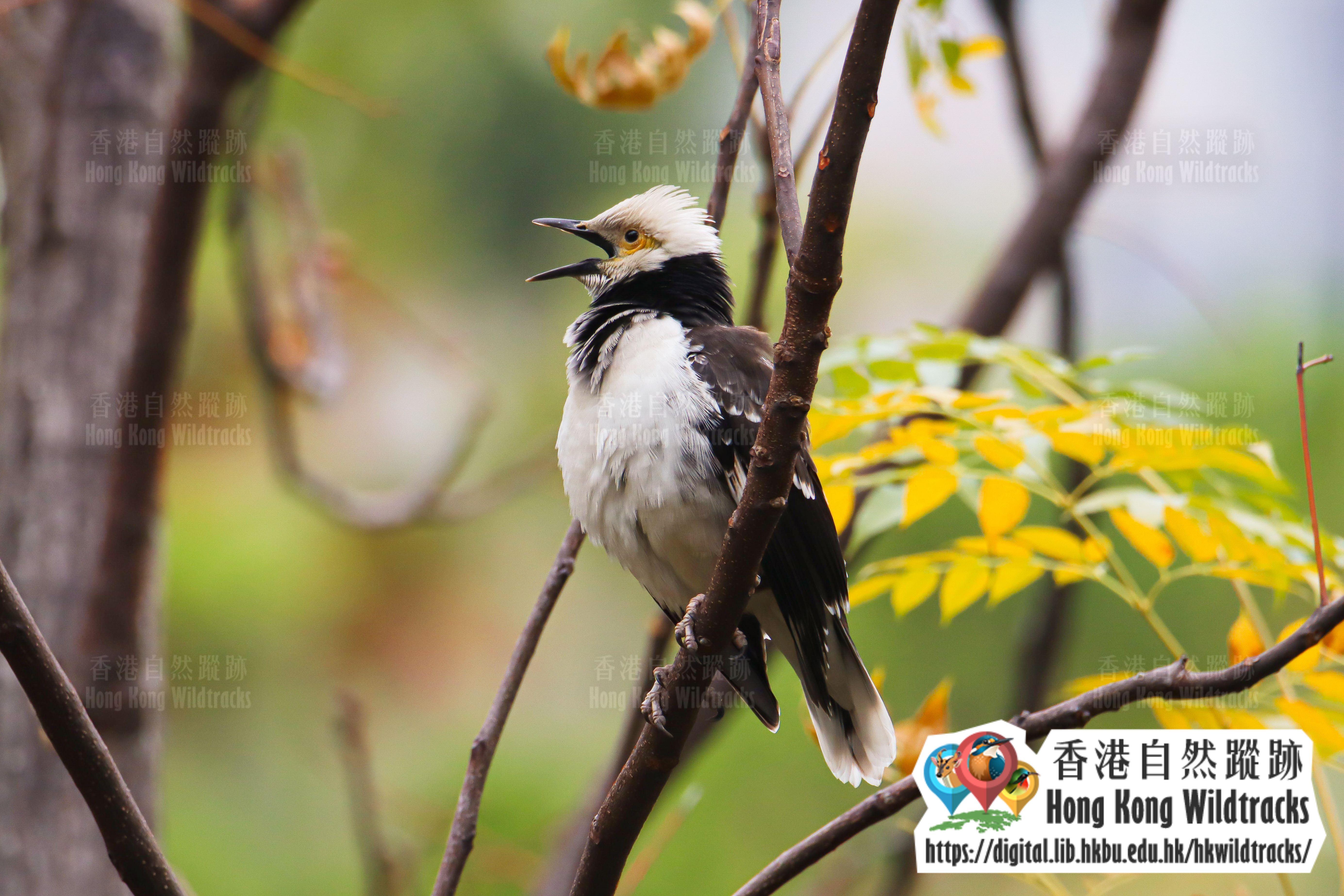
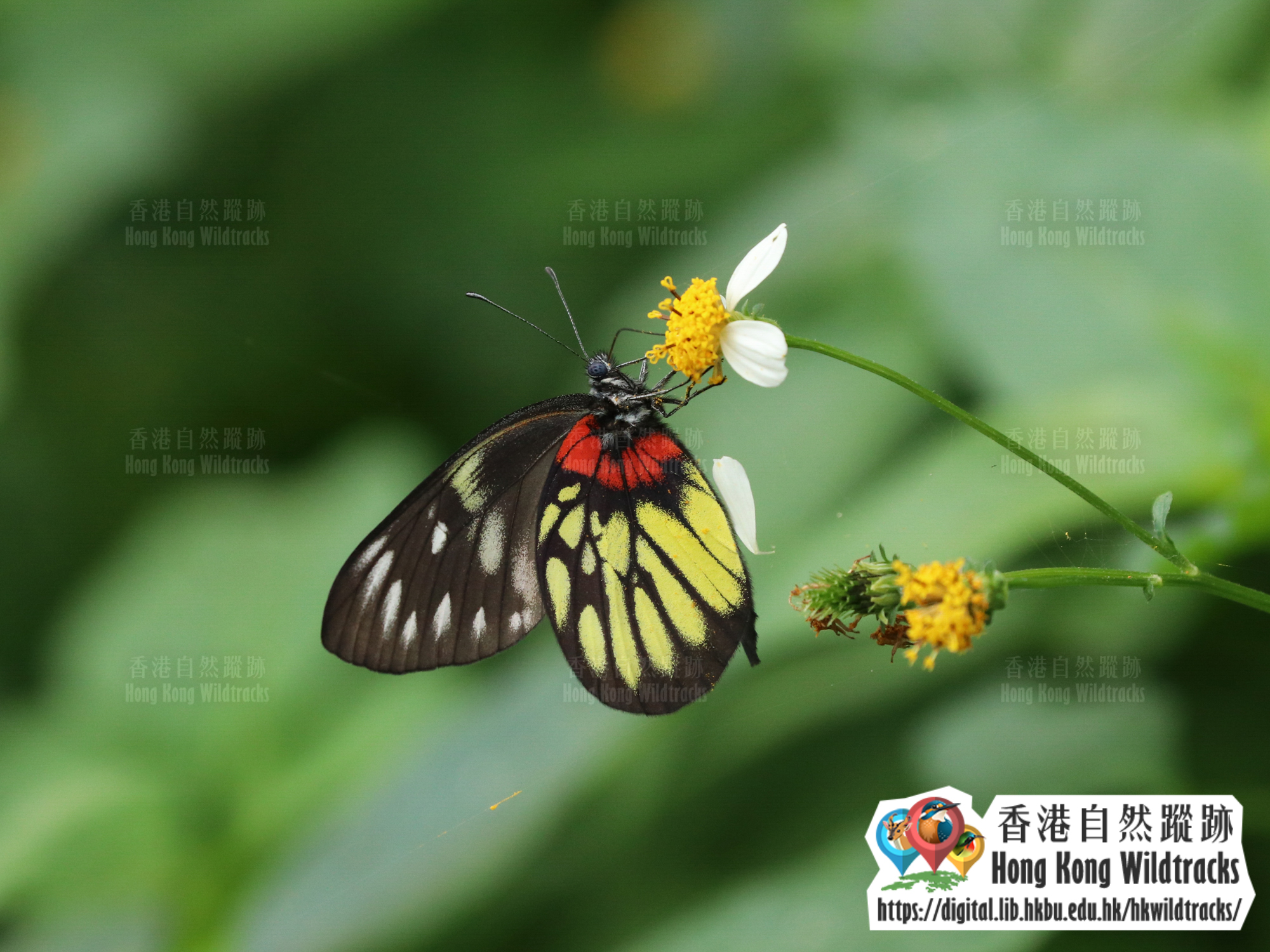
Ocean occupies more than half of Hong Kong territory. Habitats including open waters, rocky shores, sandy shores and outlying islands are strongly influenced by wind and wave action. Pacific Reef Egret and White-bellied Sea Eagle breed on remote islands, while some tern species breed on uninhabited islands in the eastern waters during summer. Rare seabirds such as boobies, petrels and jaegers will have a great chance for being blown inshore in typhoons during migration season.
Example animals:Pacific Reef Egret, Black-naped Tern, Red-necked Phalarope, White-bellied Sea Eagle, Chinese White Dolphin, Hong Kong Grouper, Wandering Glider
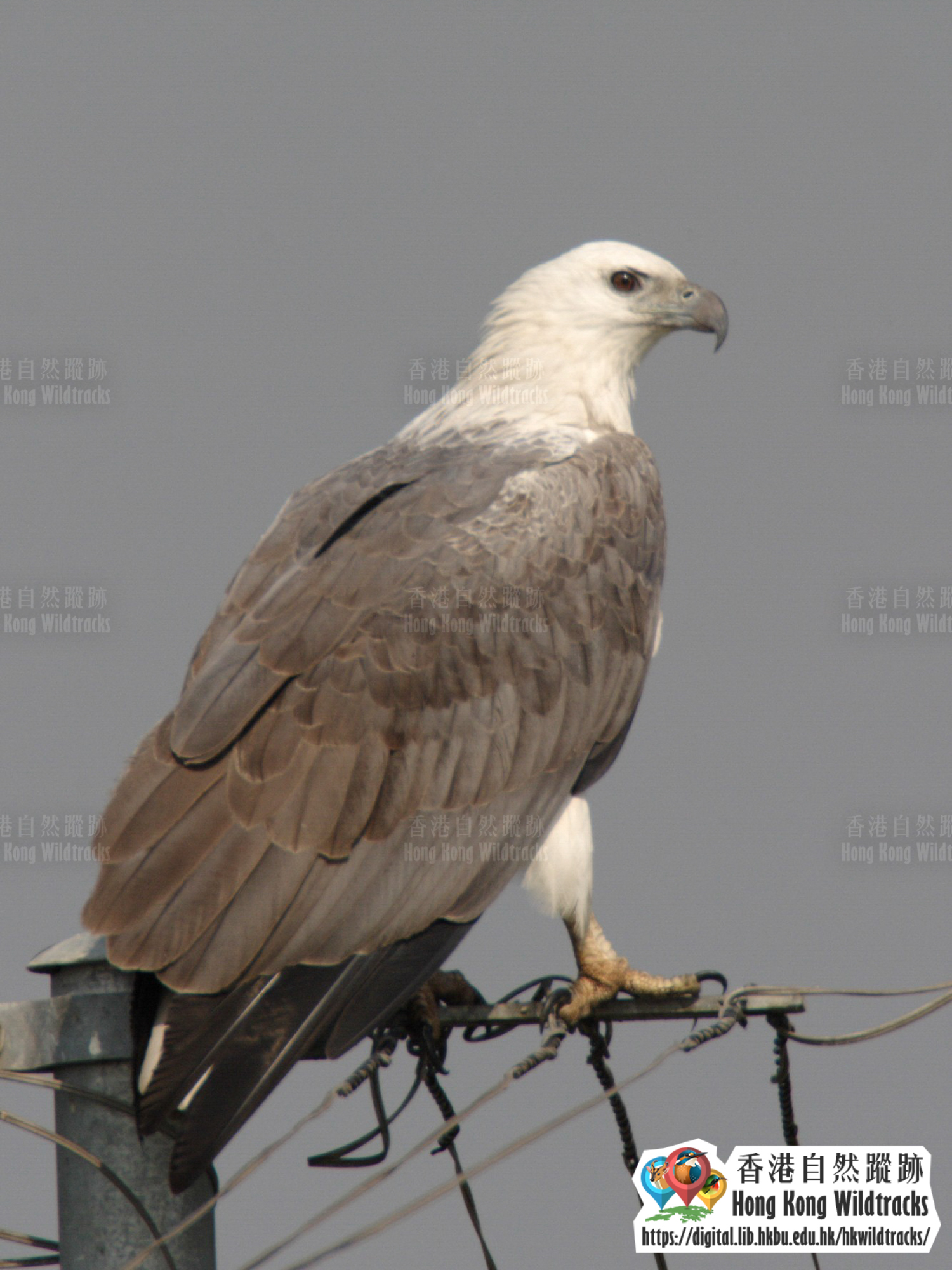
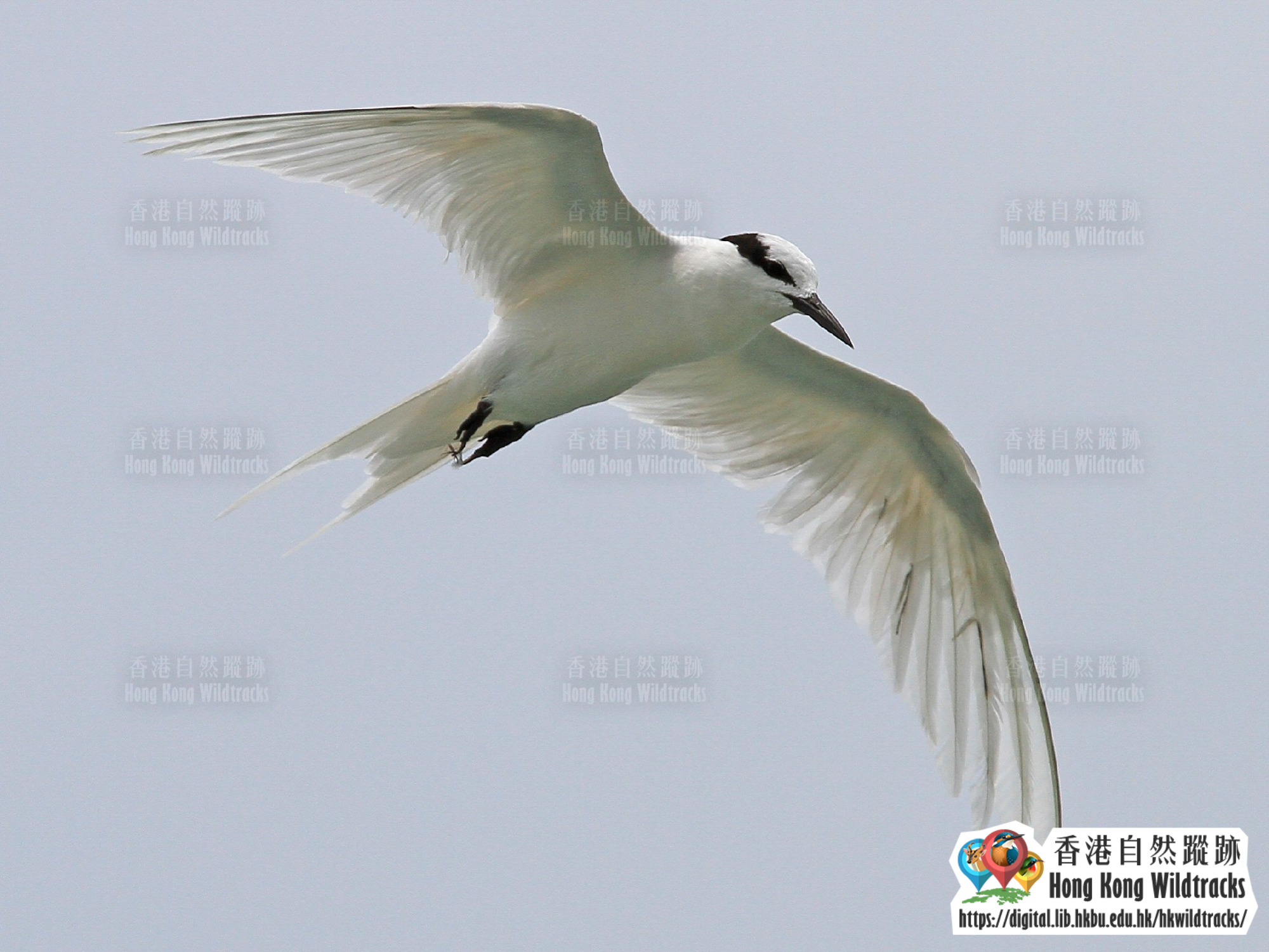
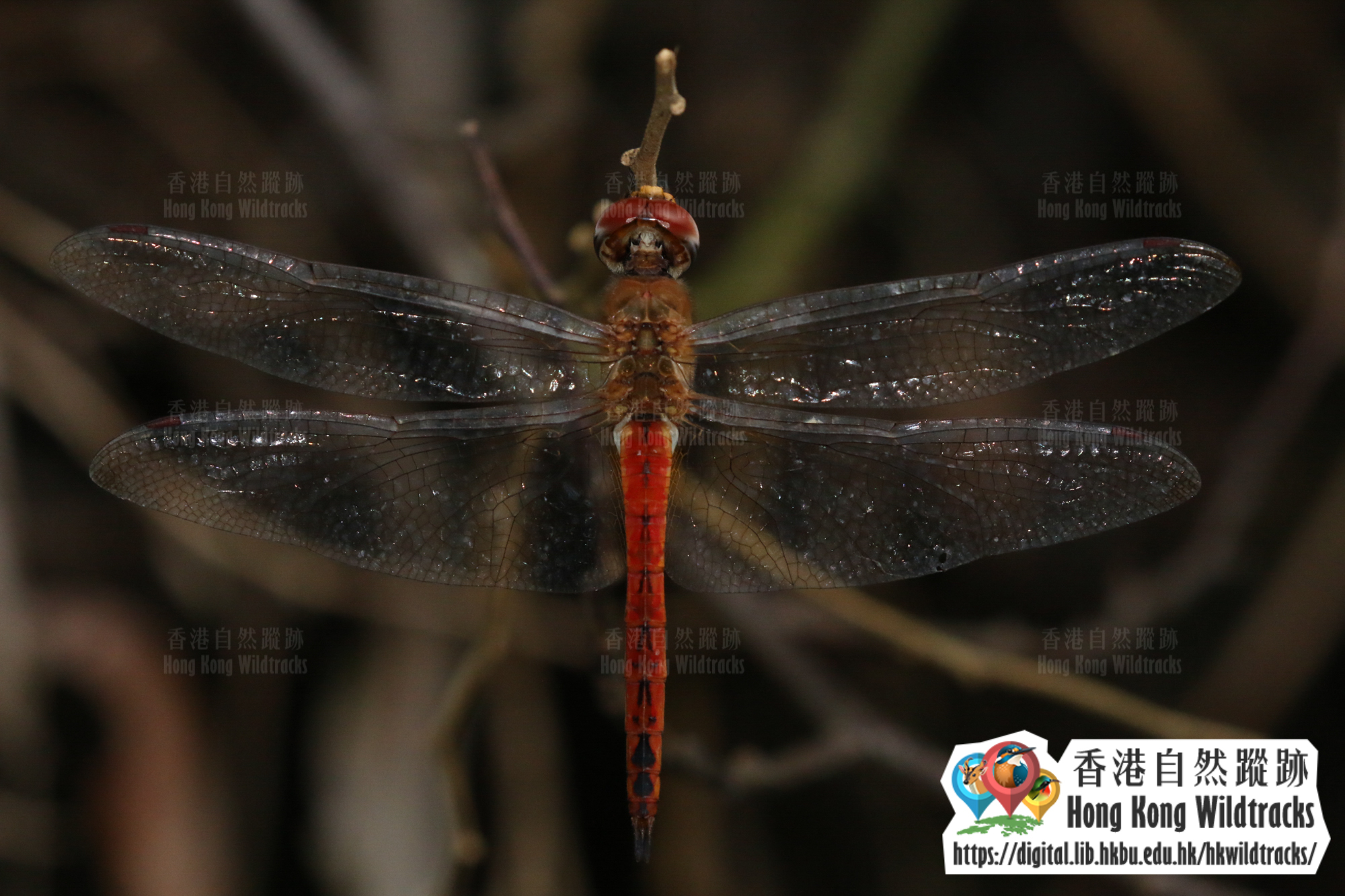
Brackish wetlands are places where sea water meets freshwater. Water bodies in these areas are affected by tidal change. Salinity of water varies through the year. Places like estuaries, gei wais, mudflats and mangroves. In some places, slow-flowing water facilitates sedimentation forming a rich substrate for the growth of mangrove and reed. The regularly changing water level brings new nutrients to the place along with the tides. This is the place where animals from the sea and inland habitats meet and feed.
Example animals:Black-faced Spoonbill, Little Egret, Black-headed Gull, Little-ringed Plover, Nordmann’s Greenshank, Pied Avocet, Mangrove Water Snake, Four-spot Midget
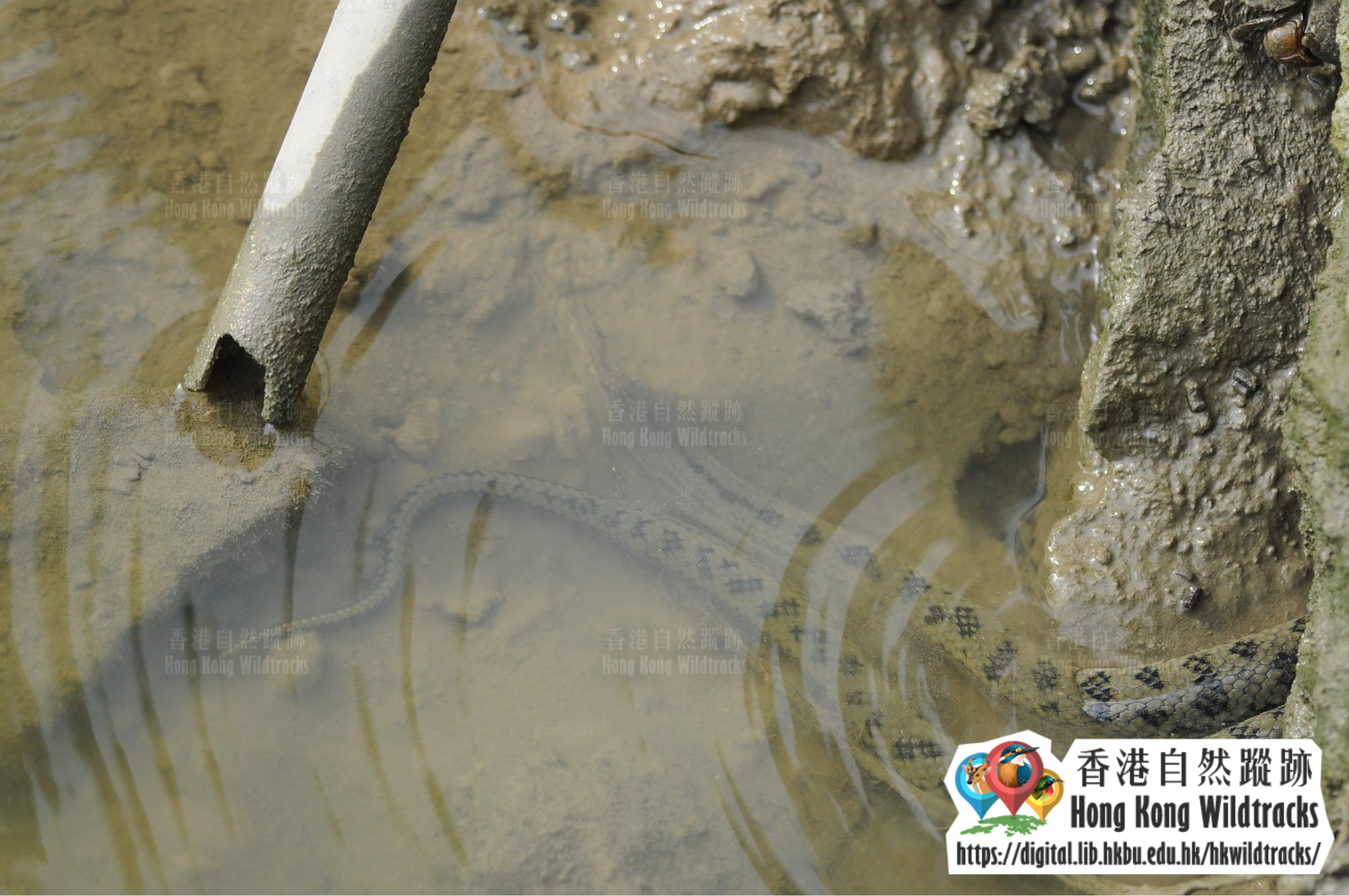
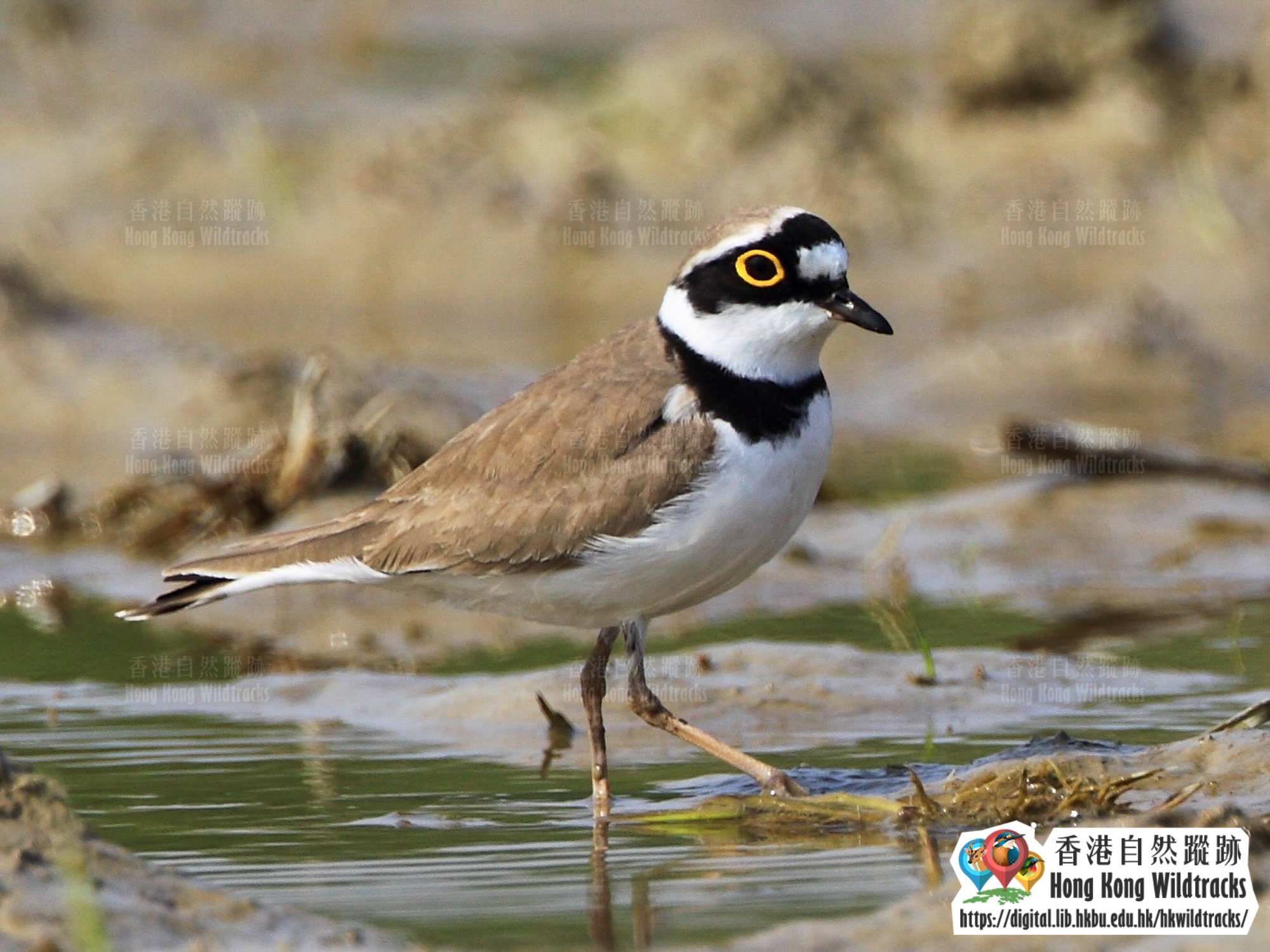
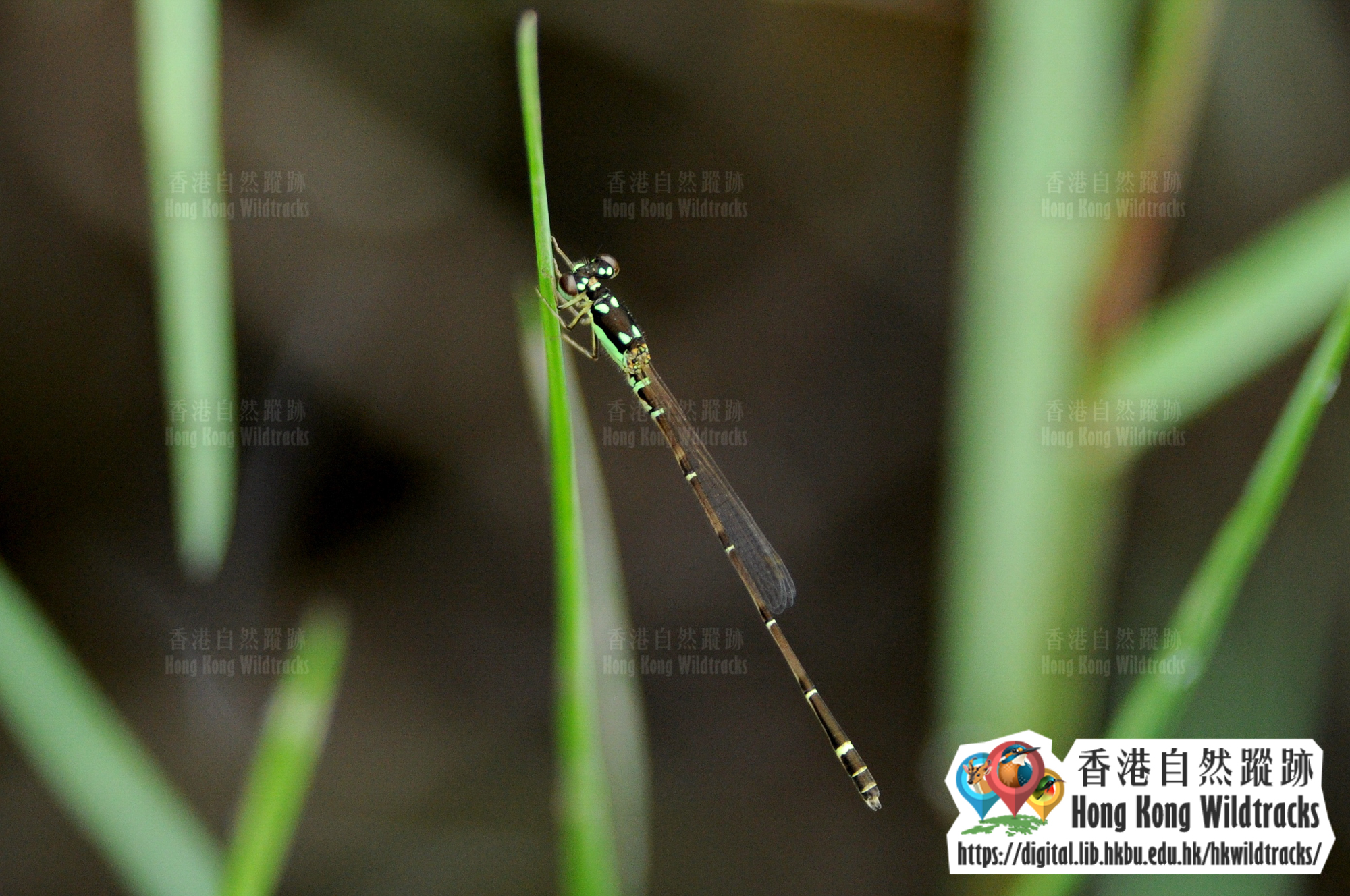
Freshwater wetlands include natural habitats like marshes, flooded plains and ponds, or even farmlands. Others are maintained by men like paddy fields and fishponds. Vegetation of these wetlands varies from herbaceous plants to tall trees. Some of these wetlands are dried up during the dry seasons. Submerged area with vegetation is an important nursing ground for freshwater invertebrates. This makes the place also a fruitful feeding ground for birds and amphibians.
Example animals:Richard’s Pipit, Common Kingfisher, White-breasted Waterhen, Zitting Cisticola, Greater Painted-snipe, Yellow-breasted Bunting, Günther’s Frog, Asiatic Painted Frog, Asian Widow, Grey Scrub Hopper
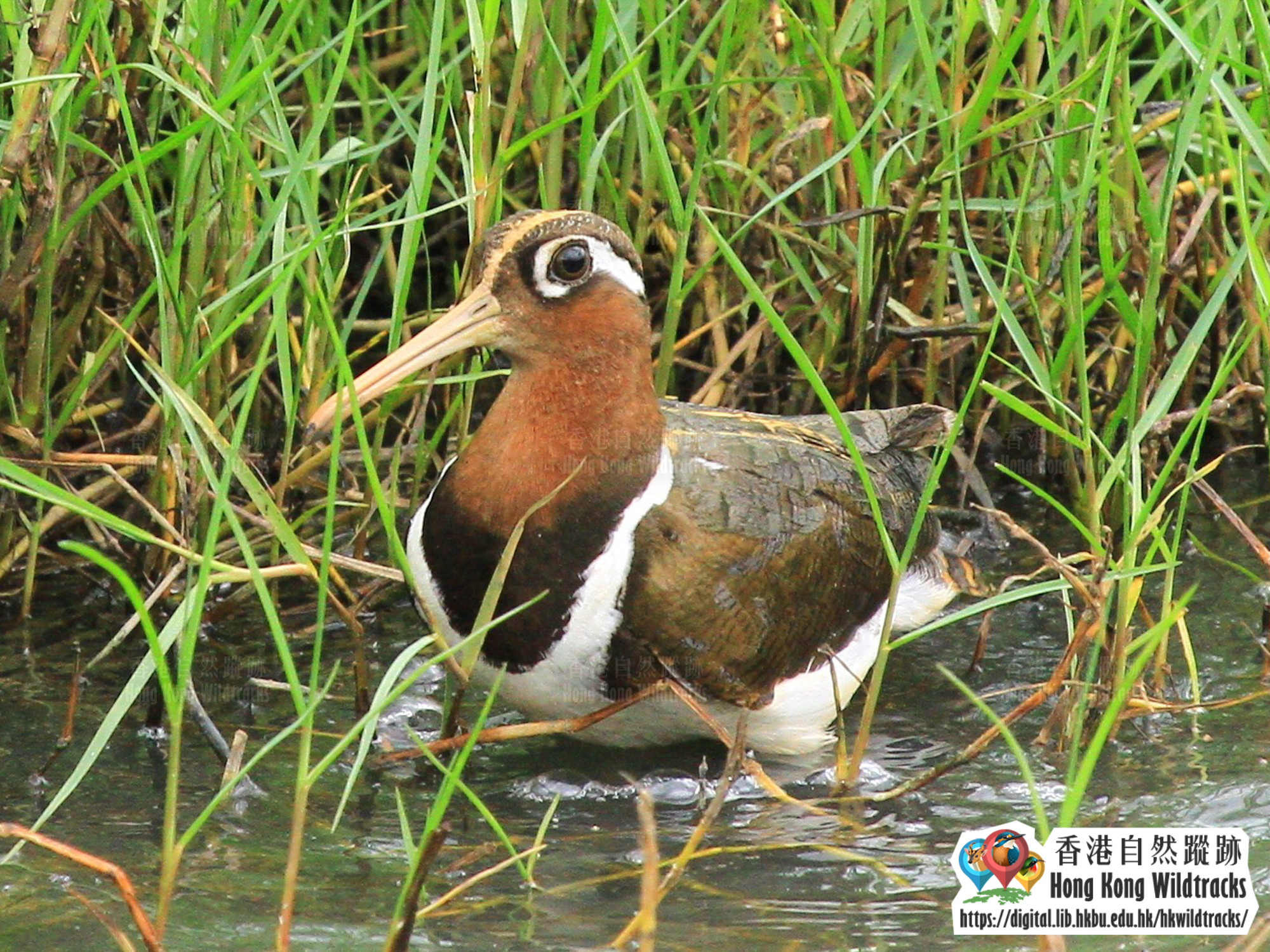
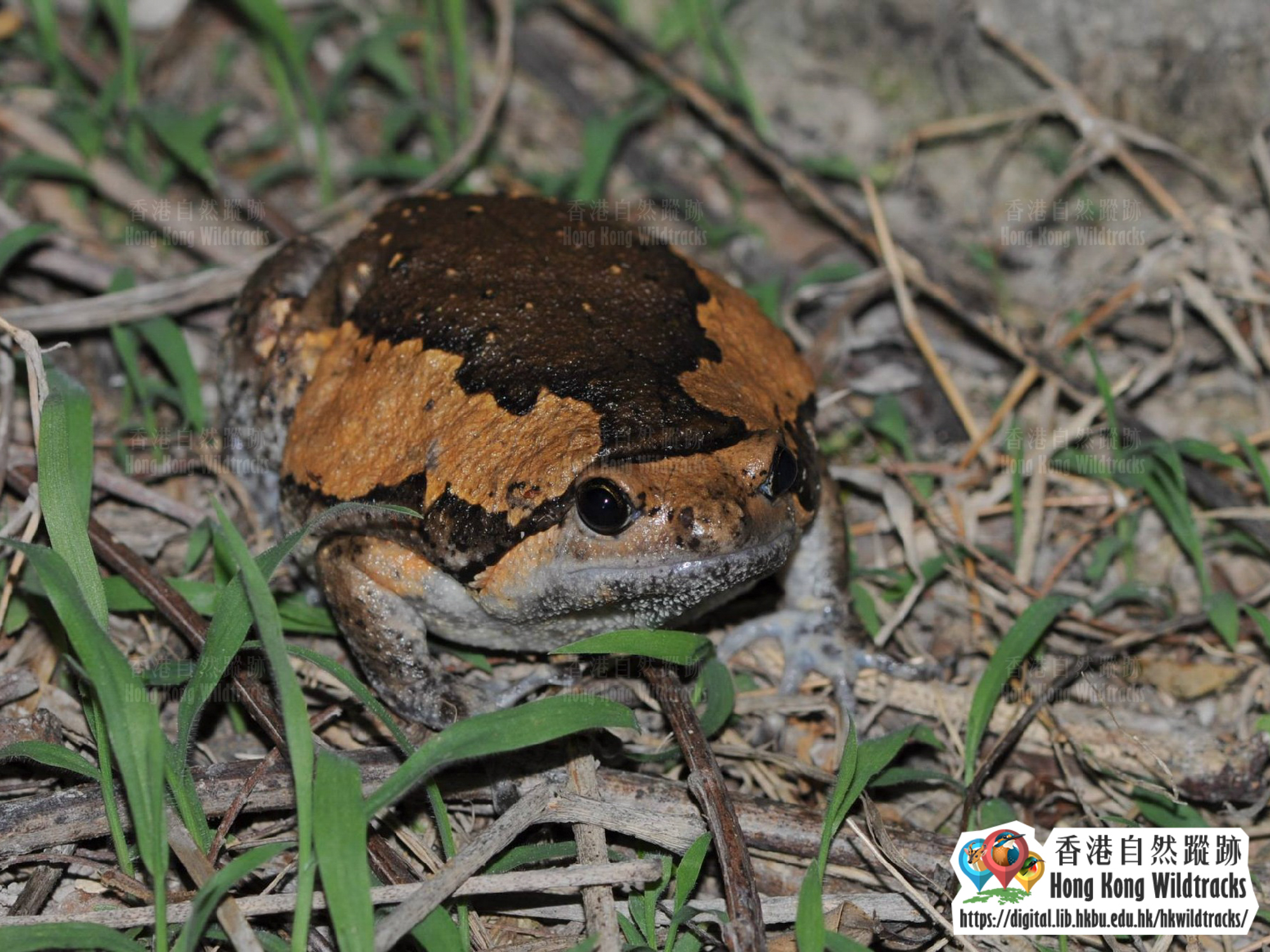
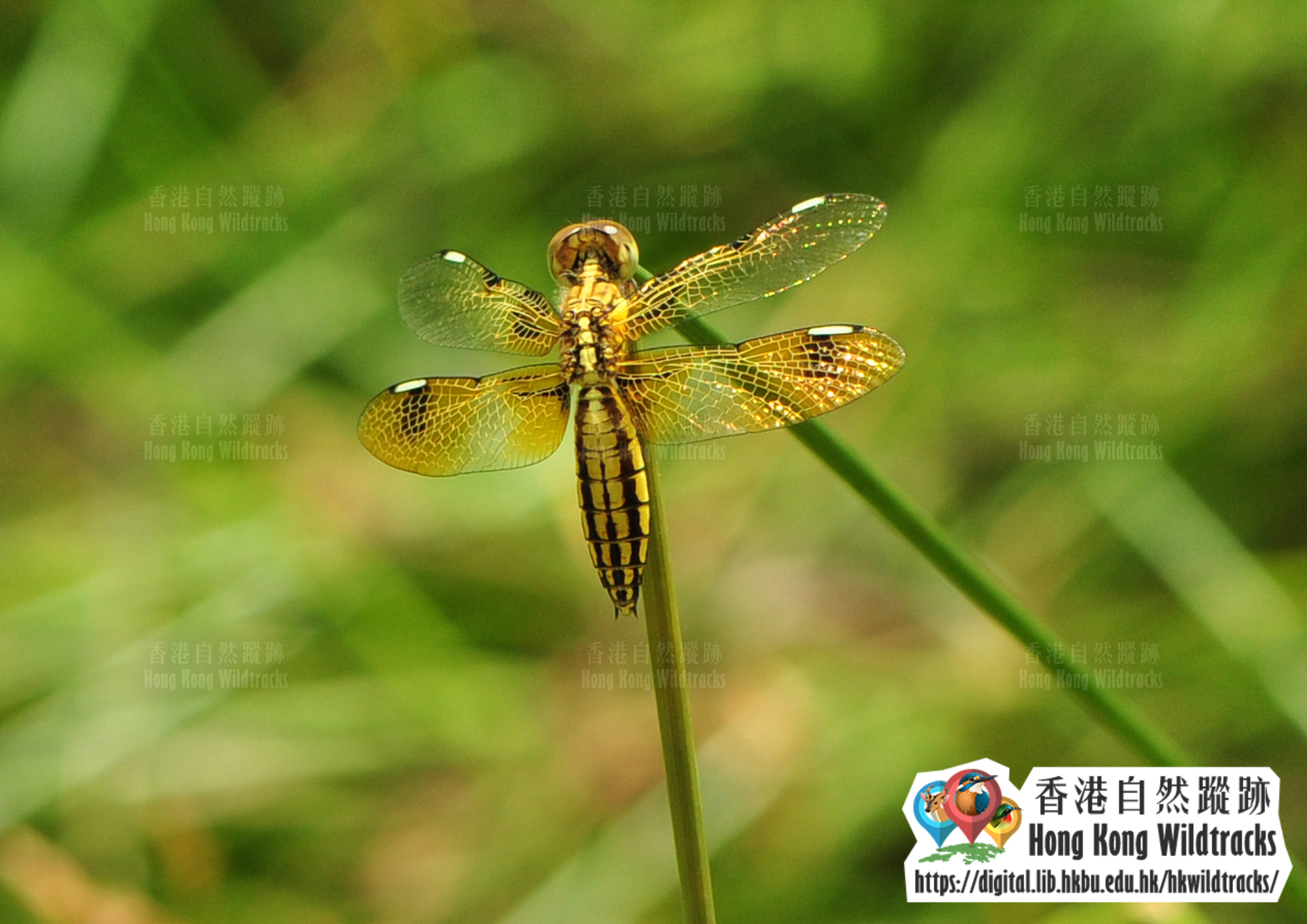
With a mountainous terrain, mountain streams direct rainwater from land area to the lowland and out to estuaries. Such flowing source of freshwater provides an important habitat and transfers nutrients along surrounding areas. Source of water draws wildlife coming close together. Depends on features of the surrounding environment, such as levels of gradient and vegetation on the stream sides, different parts of streams vary in characteristics. Different species are attracted along different parts. Egrets, herons, wagtails and kingfishers are commonly attracted to feed along streams.
Example animals:Striated Heron, Blue Whistling Thrush, Grey Wagtail, Hong Kong Cascade Frog, Big-headed Frog, Big-headed Terrapin, Black-banded Gossamerwing, Common Blue Jewel
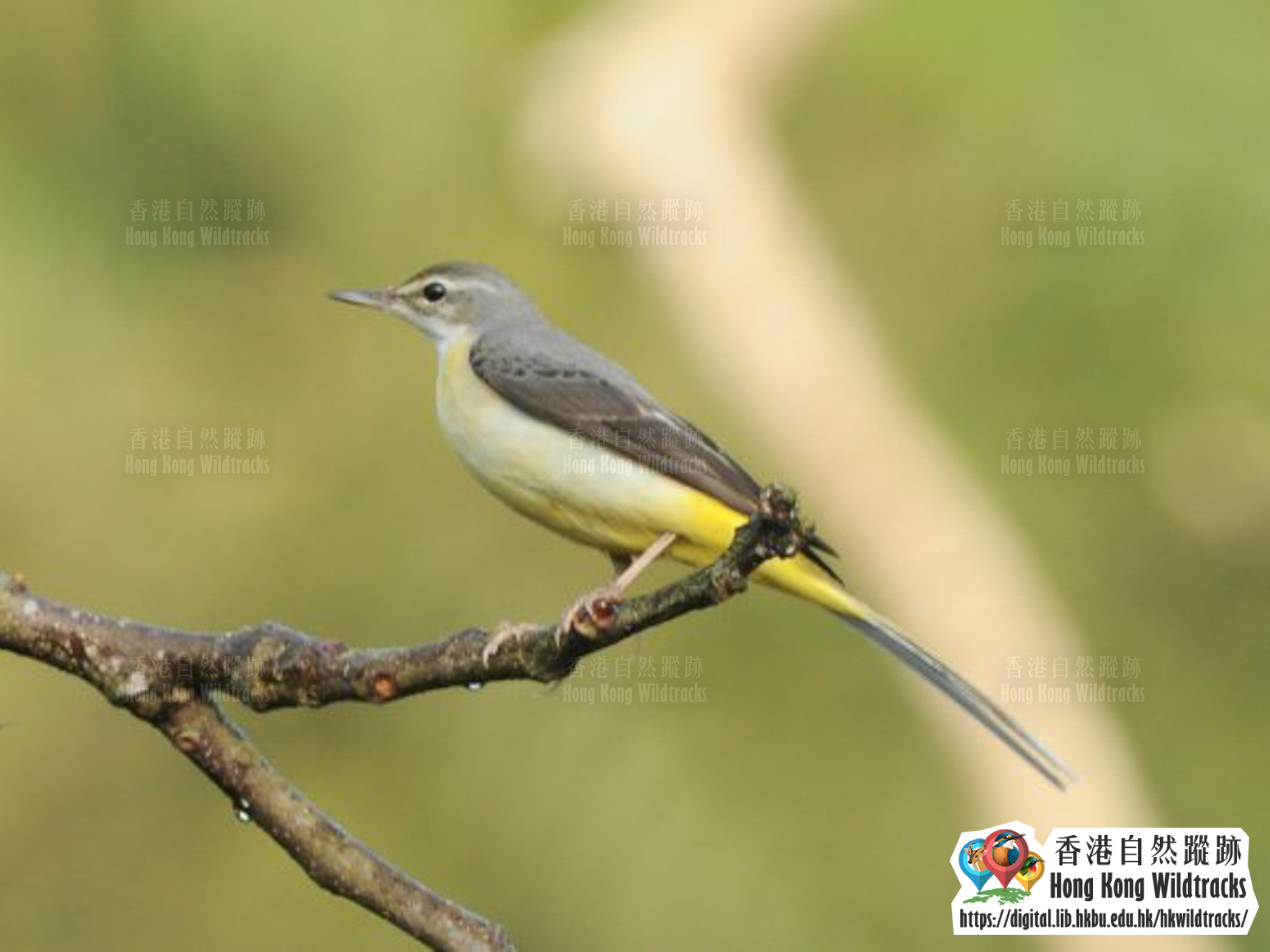
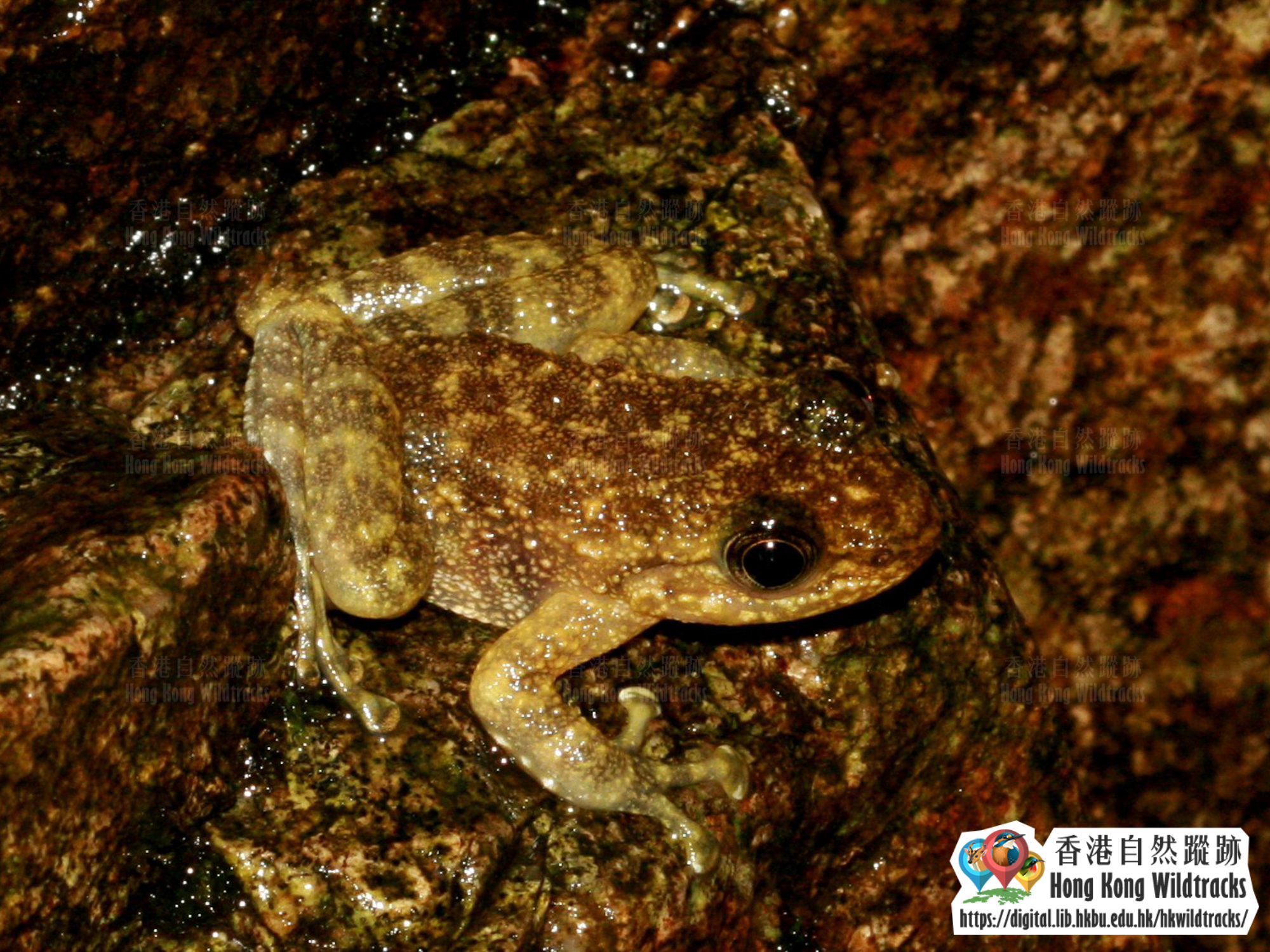
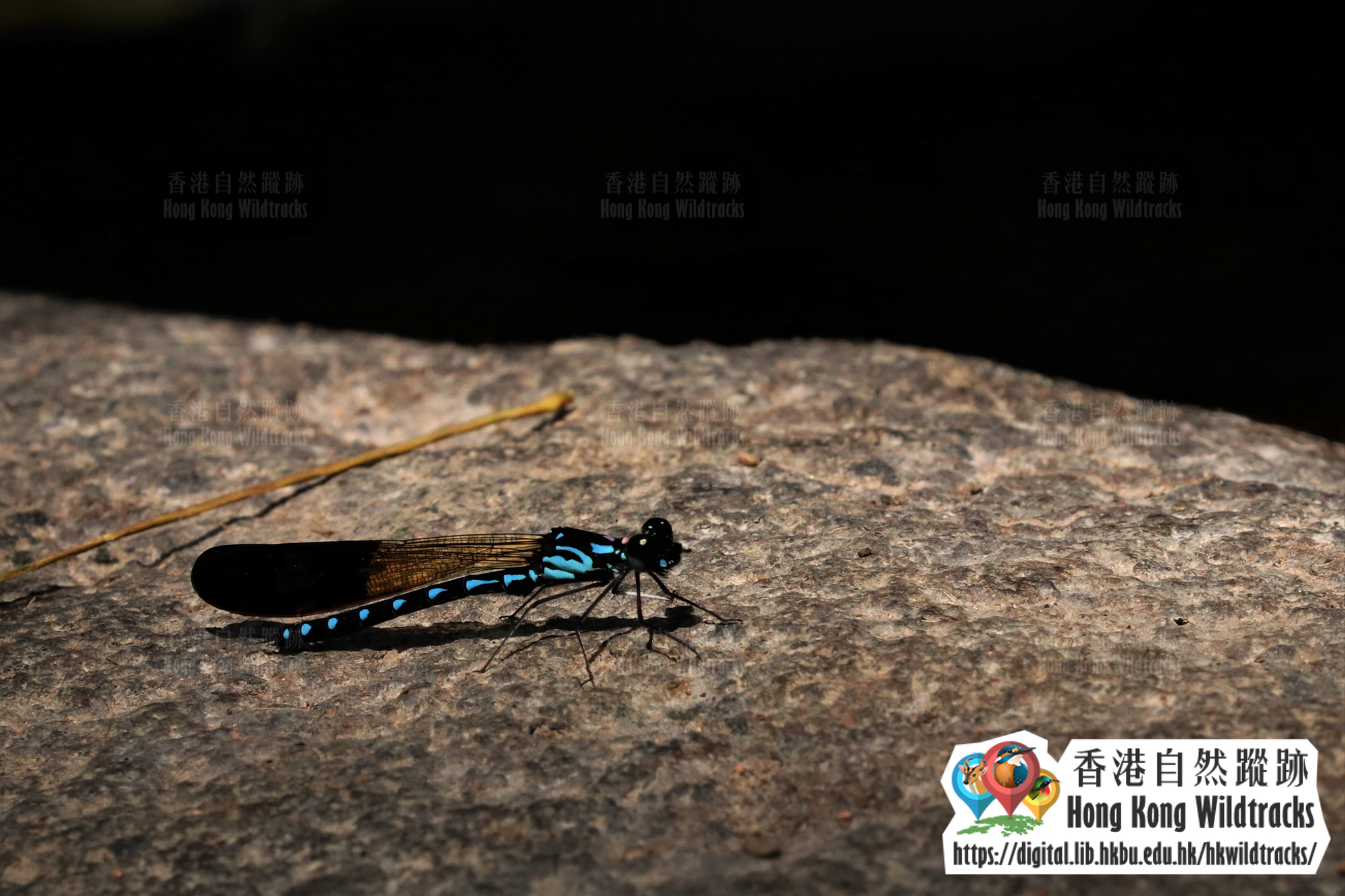
Woodland basically refers to the forest that is dominated by trees and with a canopy formed. Plants inside woodland are composed of trees and shade tolerant species in the understory that are adapted to being shaded out. Woodland is a complex environment with great species diversity nurturing in it. Most of the current woodland in Hong Kong is secondary forest regenerated after World War II. A special type of woodland, Fung Shui Wood, is considered as well-preserved native forest owing to Chinese traditional culture. In contrast, plantation is vegetation with plants deliberately planted by men, where species diversity is comparatively low than in naturally regenerated forests.
Example animals:Great Barbet, Scarlet Minivet, Chestnut Bulbul, Forest Wagtail, Rhesus Macaque, Red Muntjac, Brown Wood Frog, Short-legged Toad, Coral Snake, Dancing Shadow-emerald, Large Faun
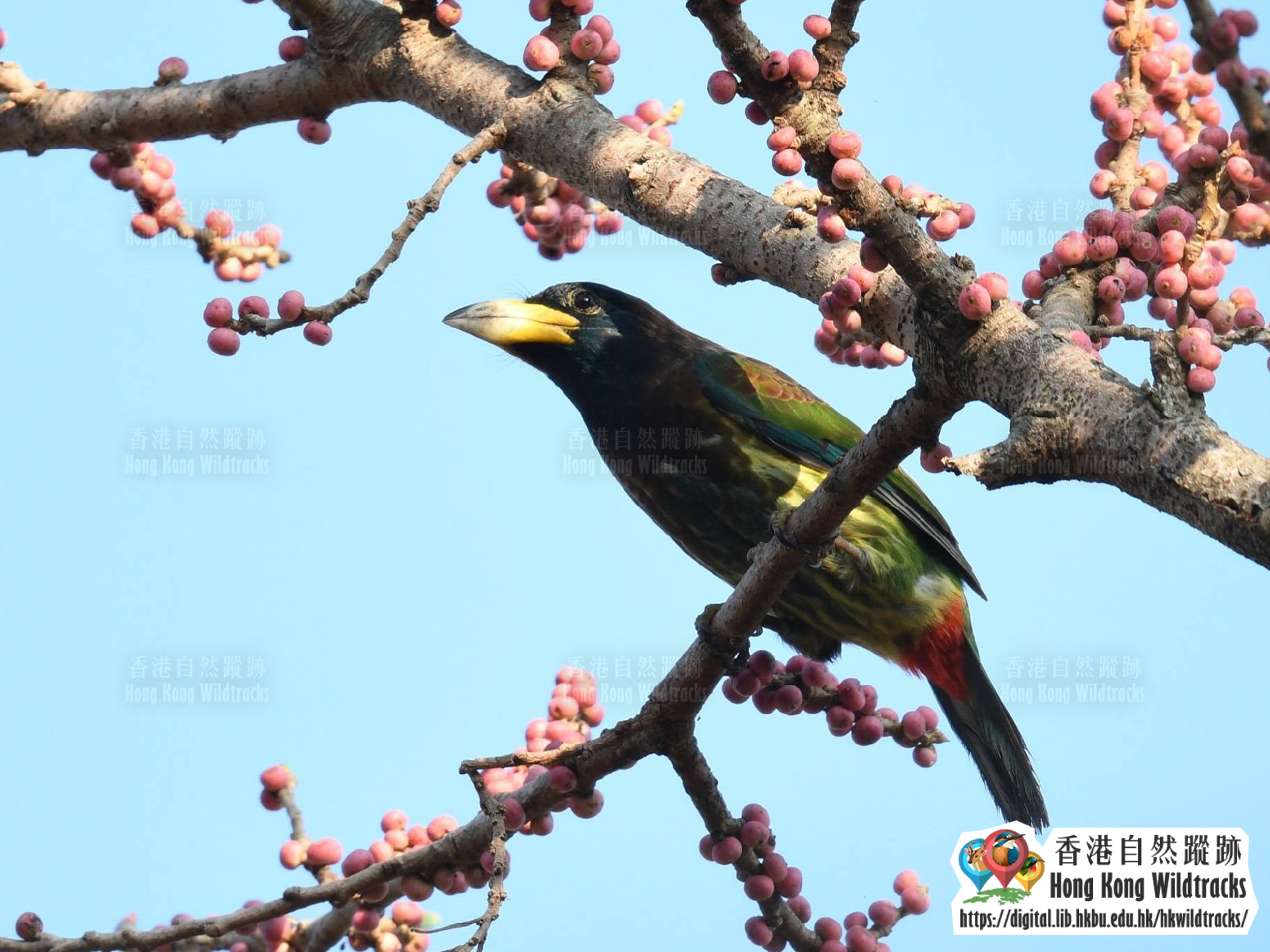
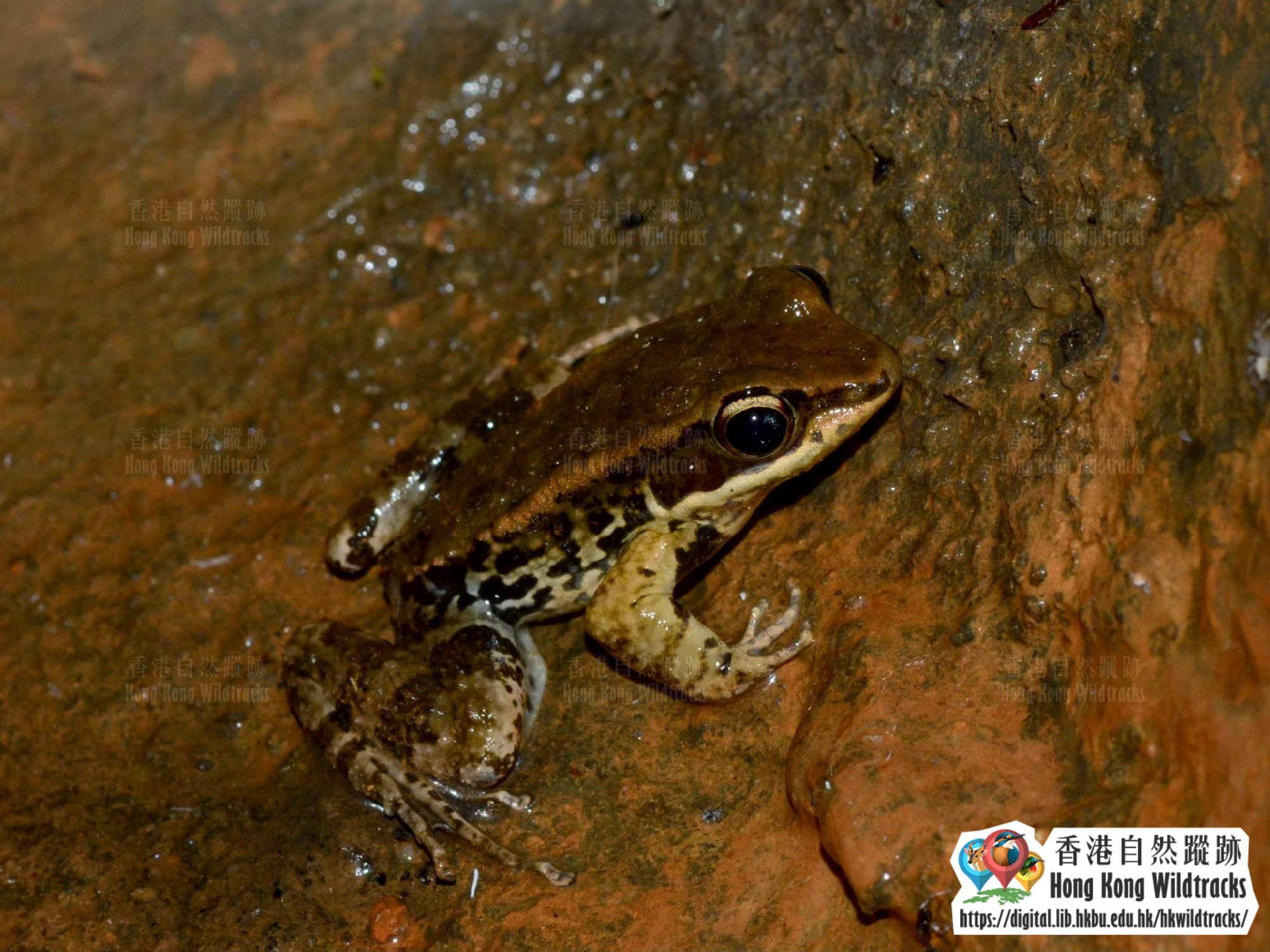
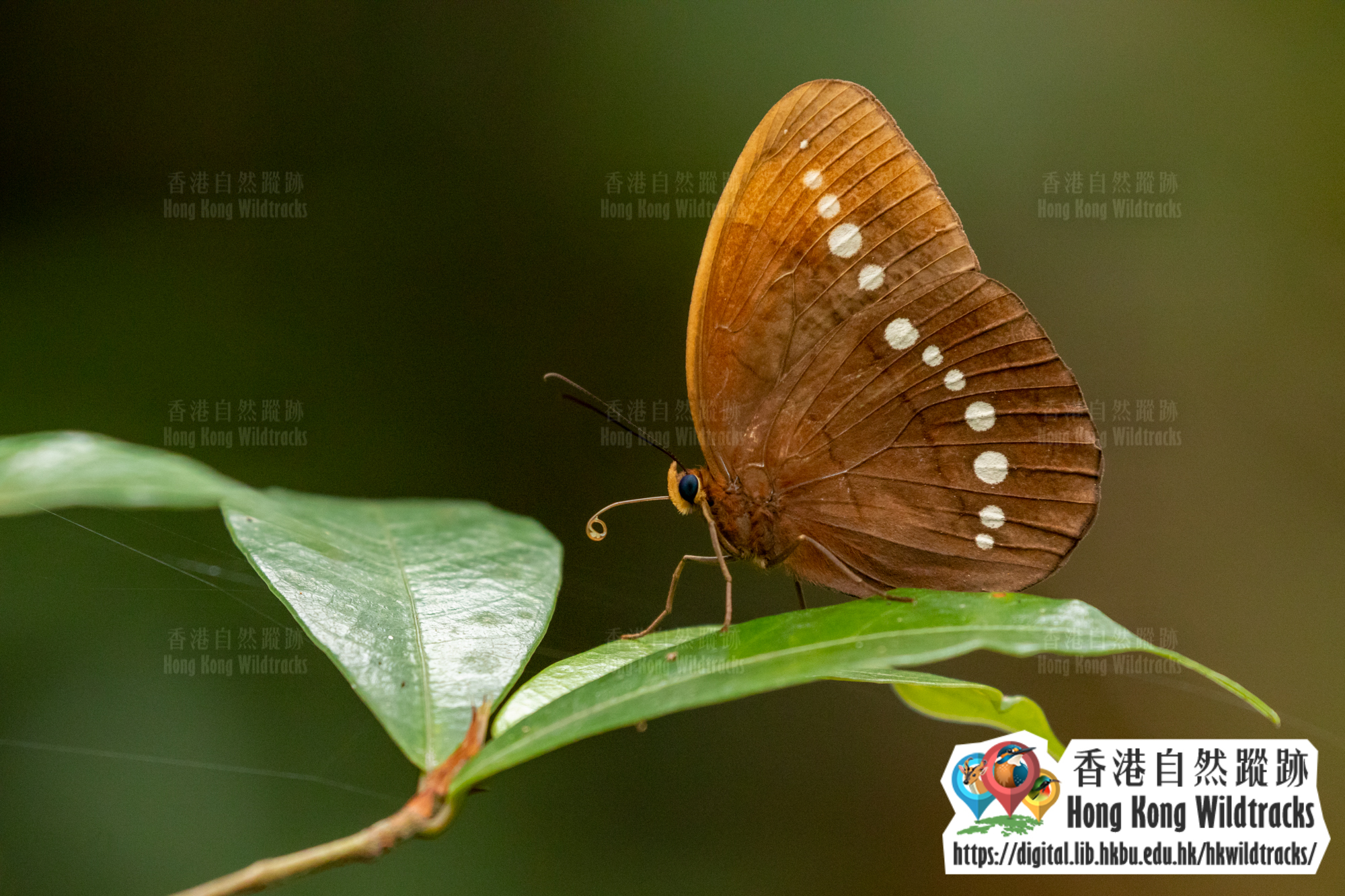
Grassland and shrubland are the most common vegetation types in Hong Kong. Grassland is dominated by short herbaceous plants with patches of shrubs. Without the shade from a tree canopy, grassland is generally dry and exposed to the sun. In the presence of shrubs growing larger and taller, they gradually shade out light demanding plants and form shades in the understorey. Grassland and shrubland are generally found in the low-lying areas and along hillsides in Hong Kong.
Example animals:Lesser Coucal, Savanna Nightjar, Golden-headed Cisticola, Common Kestrel, Spotted Narrow-mouthed Frog, Hong Kong Clubtail, Common Tiger
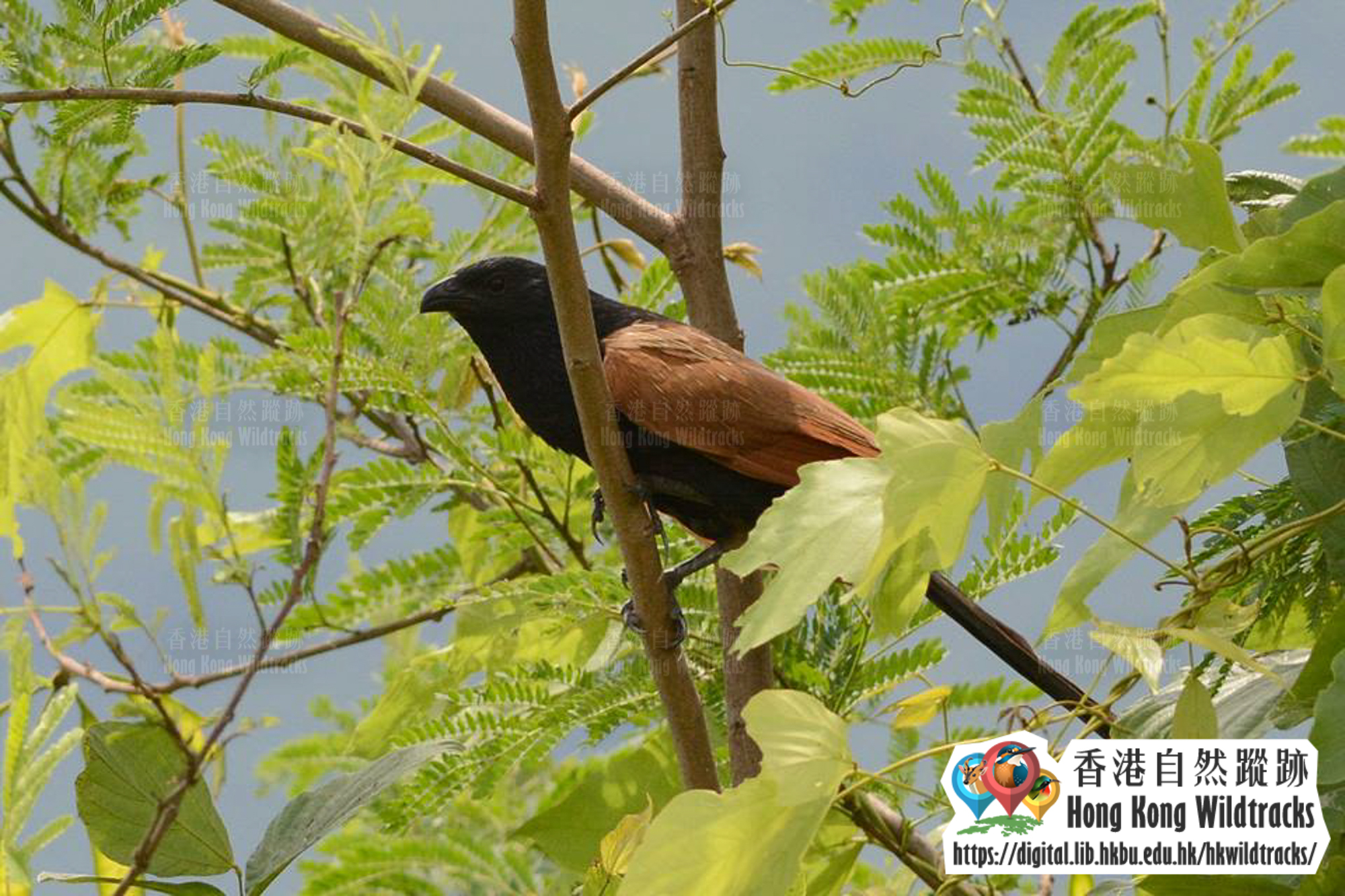
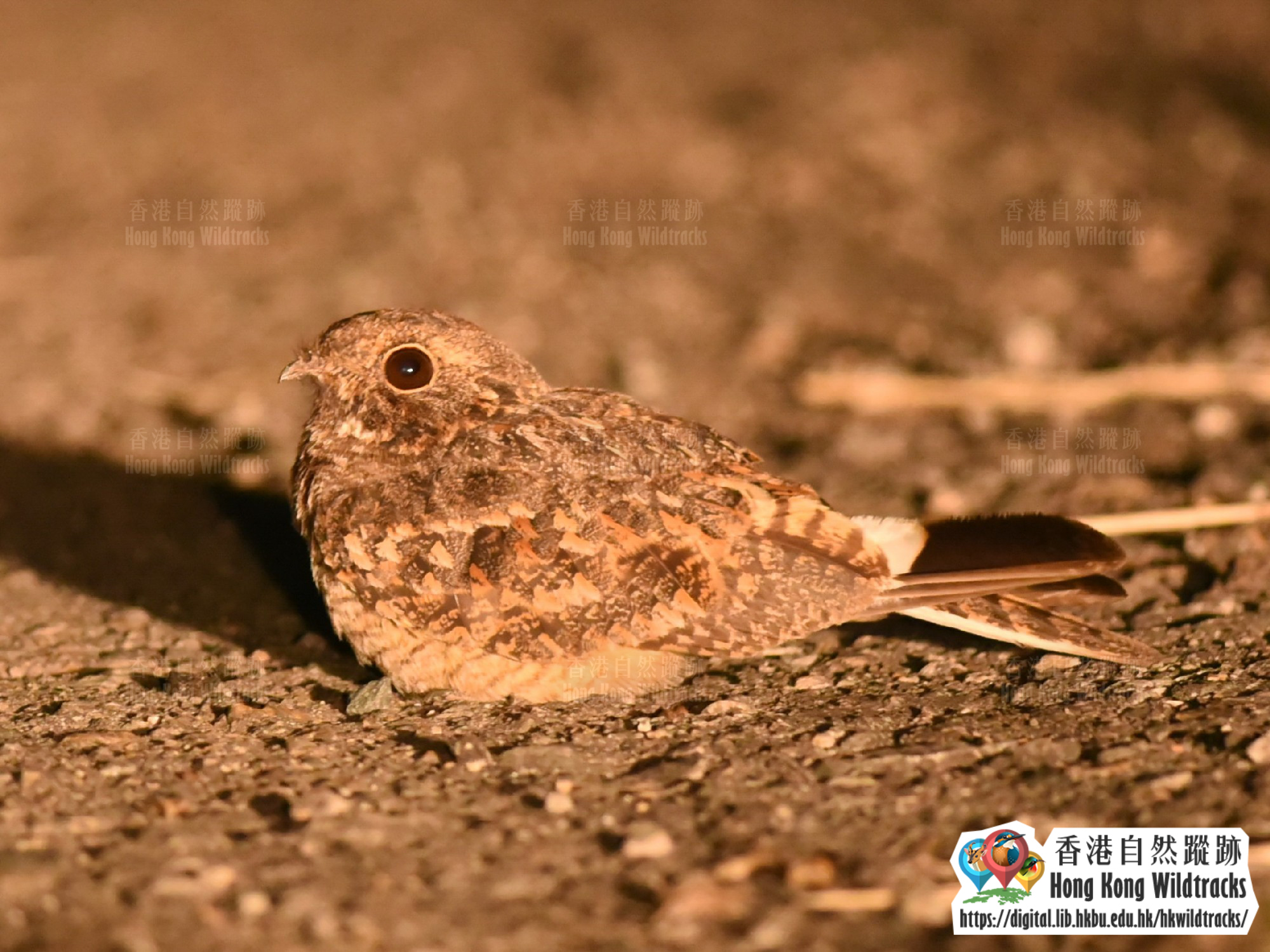
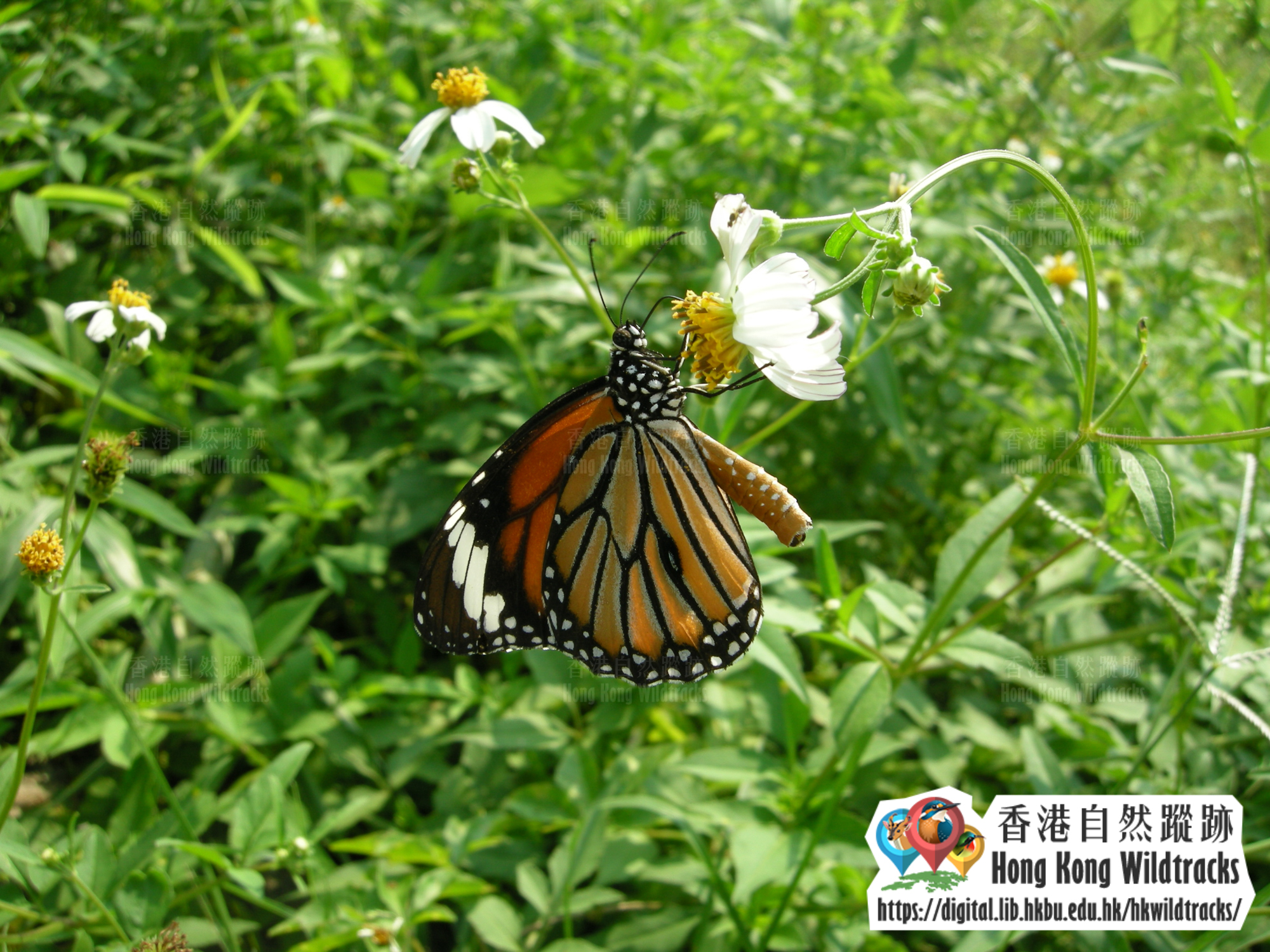
Habitats in places at high altitude, above 500m, are different from the ones in the lowland. Plants found there are usually adapted to the relatively cool and dry climate in the hilly landscape. The area is commonly dominated by grass, shrubs and ferns. Montane forests are often found in damp valleys. Raptors are often found in flight around mountains.
Example animals:Vinous-throated Parrotbill, Russet Bush Warbler, Chinese Francolin, Chinese Grassbird, Upland Pipit, Tonkin Pit Viper, Giant Spiny Frog, White-browed Keelback, Fiery Emperor, Chinese Mountain Damsel
